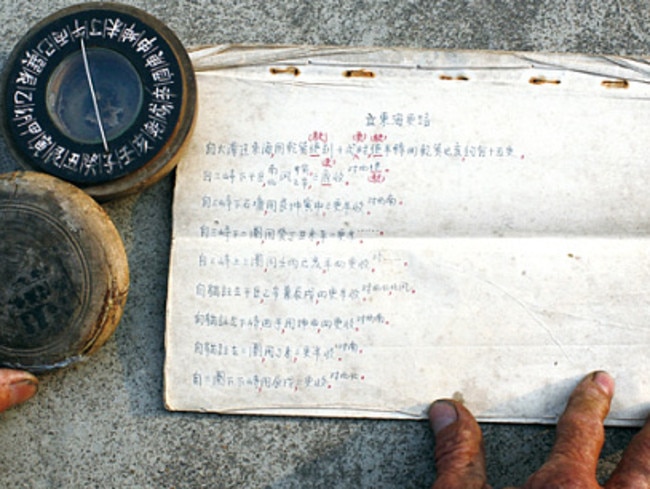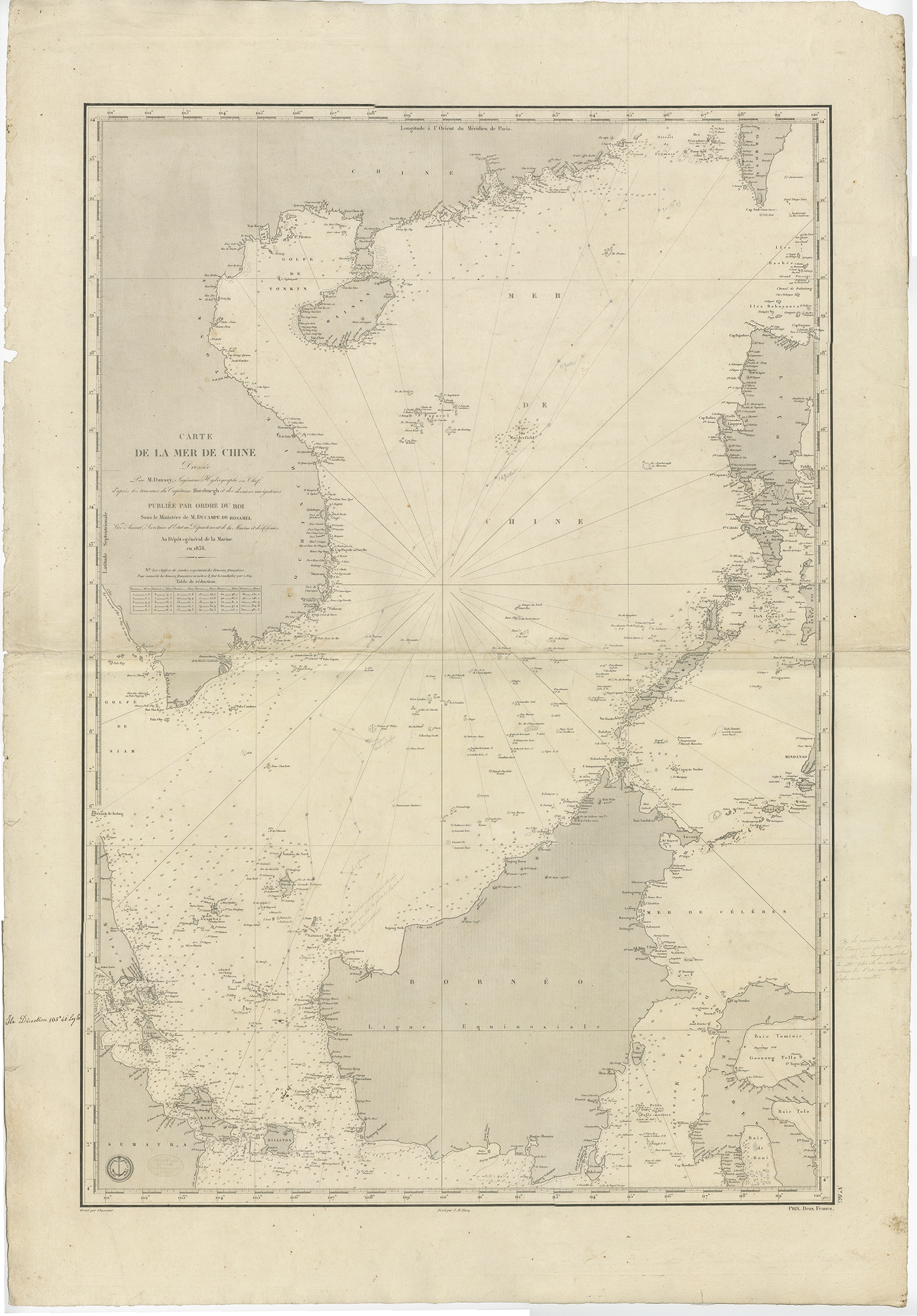other video from CCTV+
From CCTVplus
Centuries-old maps handed down to fishermen by their ancestors in Tanmen Township of China's southernmost Hainan Province provides compelling evidence to China's sovereignty over the South China Sea, according to a China Global Television Network (CGTN) documentary released on Friday.
Like many people in Tanmen, Lu Jiabing was born into a fishermen' family going back generations.
What distinguishes Lu's family is a treasured family heirloom -- a booklet used to navigate the South China Sea which Tanmen residents call "Genglubu", meaning "Route Map."
This is page 9 of Zheng Changmei's copy of " Liushui Genglubu ", which records the route from Changhuajiao to Sigengshajiao in Hainan Province. In this map, in addition to the port, hidden row, sand and stone, needle position, and more, there are also records of fishing operations.
Each family's Genglubu is different from another.
Passed down through successive generations, the documents embody the Tanmen fishermen's adventurer spirits, and have become an important basis for China's territorial rights in the South China Sea.
"I'm not sure when this Genglubu was written.
Anyway, it's been passed down from generation to generation, and I'm the sixth in line to inherit it.
We used it along with a compass at sea.
The needle of the compass points toward south and north.
'Zi' refers to north and 'Wu' to south.
There are 24 squares, each containing one character.
One square represents 15 degrees, and there are 360 degrees in total," Lu told CGTN.
Chinese fishermen’s historic Genglubu supports claim to South China Sea
Out on the vast ocean, the compass and Genglubu have forged new routes at sea for the fishermen over the past centuries.
One line of text on the map indicates a route From the Xisha Islands' Panshiyu in the central part of the sea to the Nansha Islands' Shuangzi in its south, covering some 280 nautical miles.
Fisherman Su Chengfen holds an ancient compass and a log from a traditional navigational log known as agenglubu,which means‘road book’.
It records 135 routes -- 84 in the Nansha Islands and 38 in the Xisha Islands.
"One red circle represents a single sea route.
Our ancestors' exploration covered the entire South China Sea.
It has been passed down through generations.
Whenever my grandfather headed out to sea, he would read Genglubu by the light of kerosene lamp the previous night.
I'd climb on his back to look at it along with him.
In the beginning, I would follow my father to work in the Nansha Islands.
We would stay there for six months.
We sailed all over the Nansha Islands," said Lu.
Long before satellite navigation or even accurate nautical charts came into being, Hainan fishermen used Genglubu and drove wooden sailboats to cultivate the sea.
These documents have survived to witness the development the South China Sea islands by local people.
"This is the sea chart passed down in my family.
The names marked on the entire nautical chart were all left by our ancestors.
Meiji Island (Panganiban Reef) was called 'Shuangmen.' These are the sections that are connected.
We call them 'Duanjie' as it's easier to remember.
Its official name is Ren'ai Reef.
These places are known as the 'ancestral waters.' These are the places our ancestors explored and developed.
So, I feel proud of them," Lu said.
These documents have survived to witness the development the South China Sea islands by local people.
"This is the sea chart passed down in my family.
The names marked on the entire nautical chart were all left by our ancestors.
Meiji Island (Panganiban Reef) was called 'Shuangmen.' These are the sections that are connected.
We call them 'Duanjie' as it's easier to remember.
Its official name is Ren'ai Reef.
These places are known as the 'ancestral waters.' These are the places our ancestors explored and developed.
So, I feel proud of them," Lu said.
Antique chart of the South China Sea by Daussy (1838)
Links :
- CCTV : Chinese professor's book backs China's position on South China Sea / Decoding the fisherman bible
- Icaci : An overview on the ancient charts in China from the 15th to the 18th century
- Global Journal : The Newly Discovered Graphic-Text Combined Study of ' Liushui Genglubu ' in the South China Sea
- China Daily : Old texts confirm islands sovereignty
- GeoGarage blog : Collector’s 400 years of China maps and nautical charts up for sale – there’s not a nine-dash line to be seen



No comments:
Post a Comment